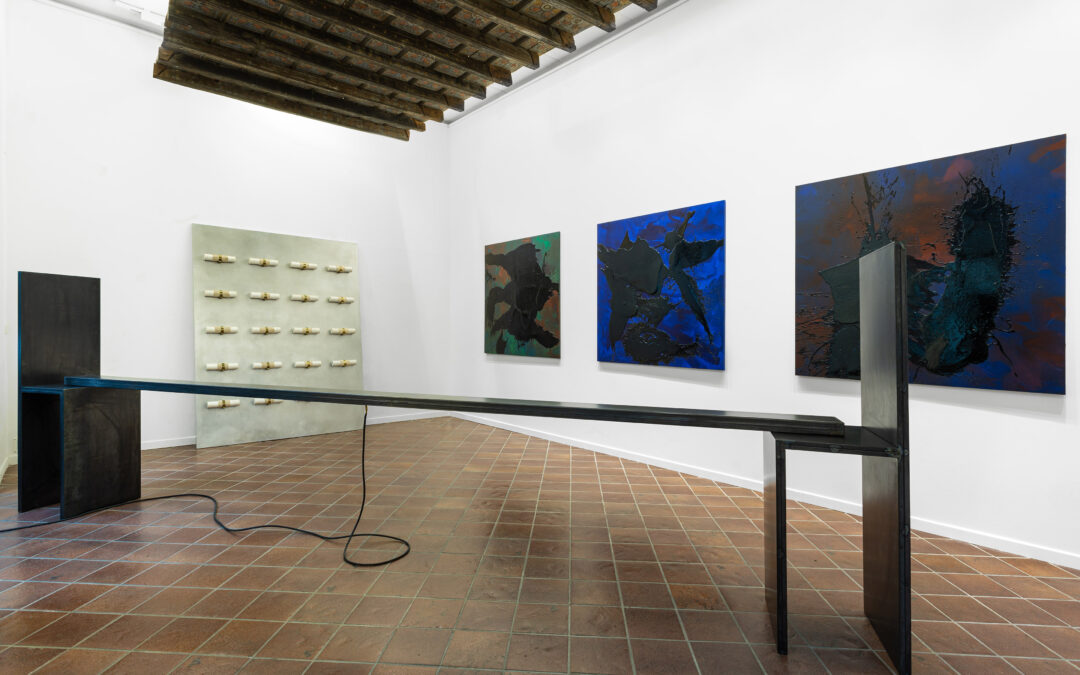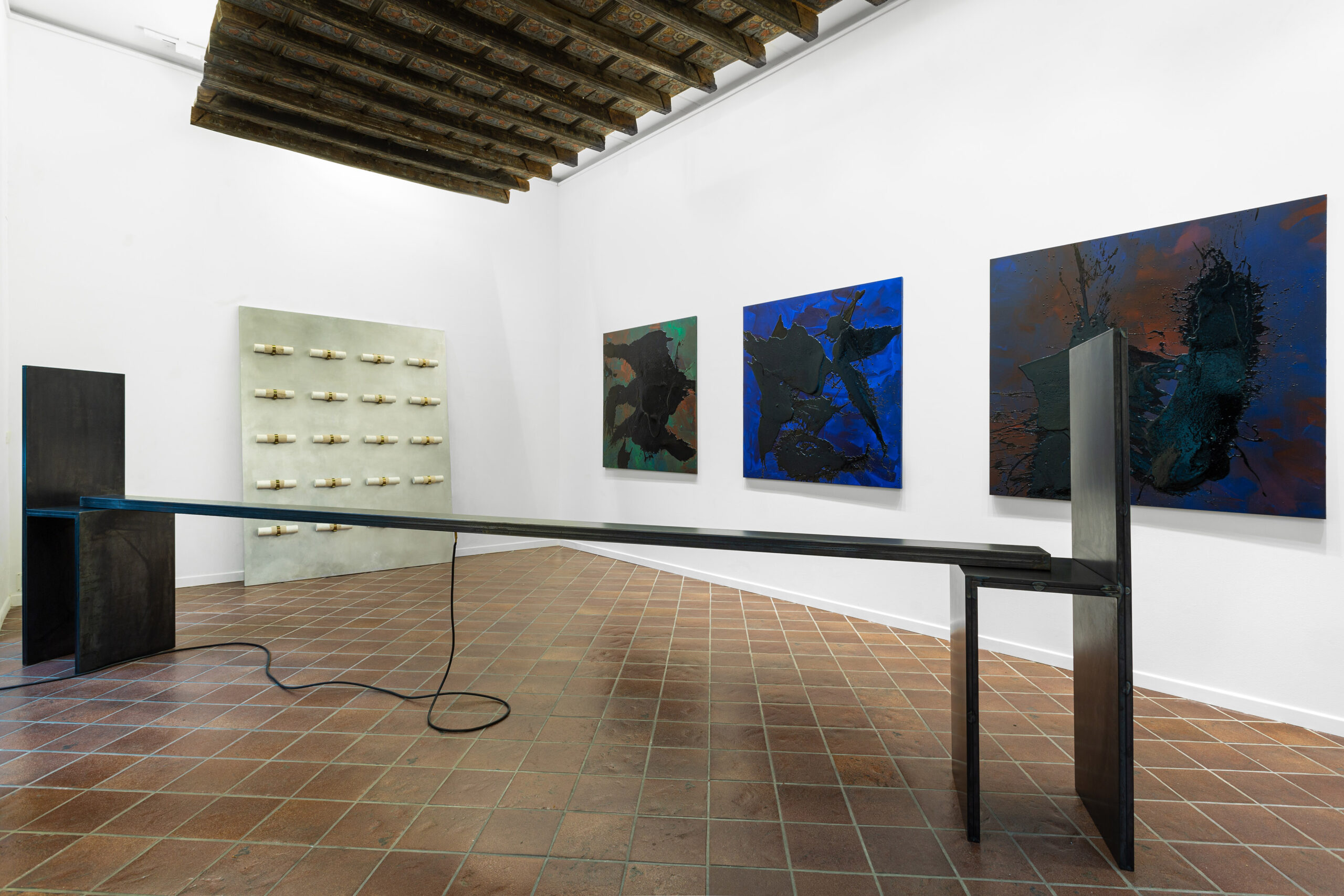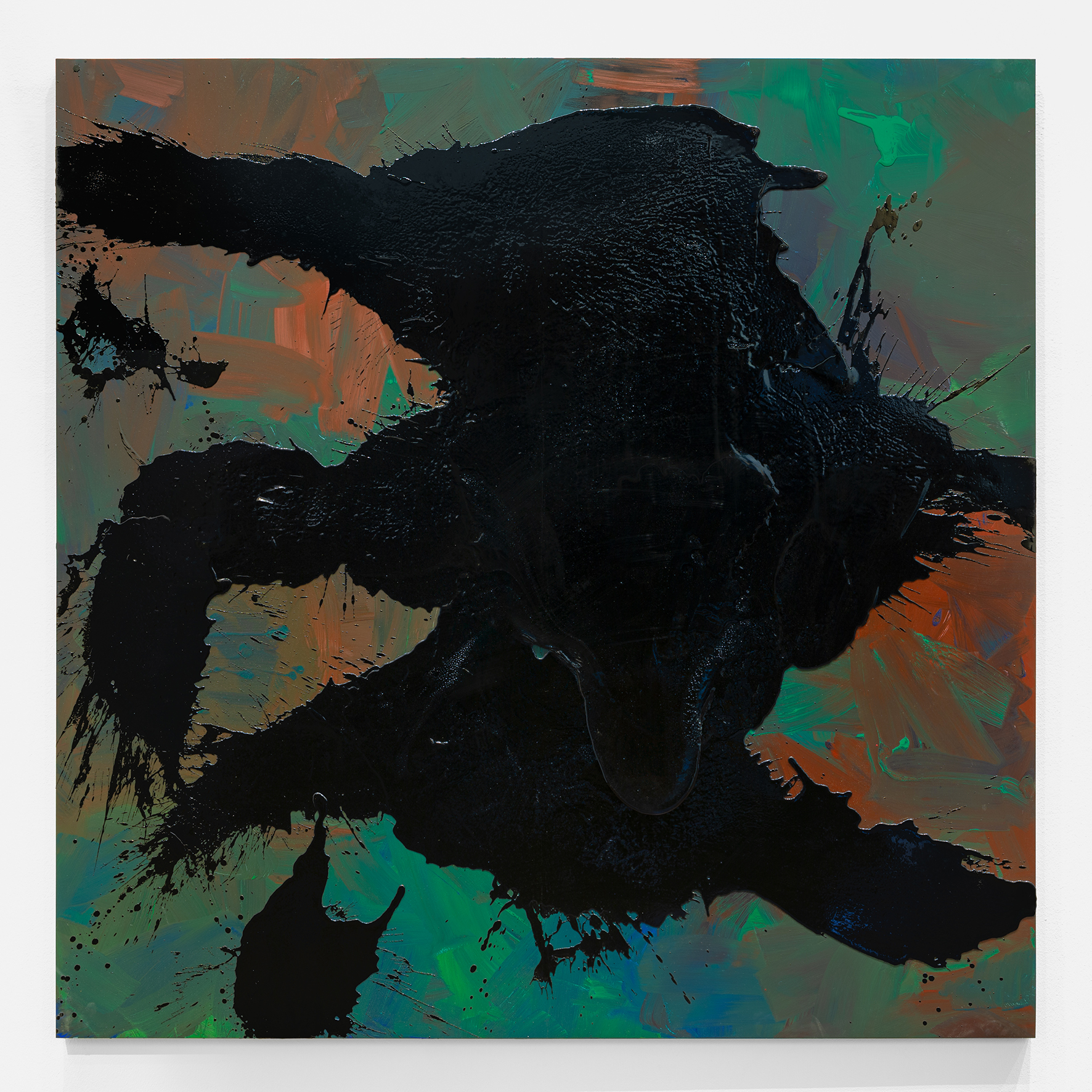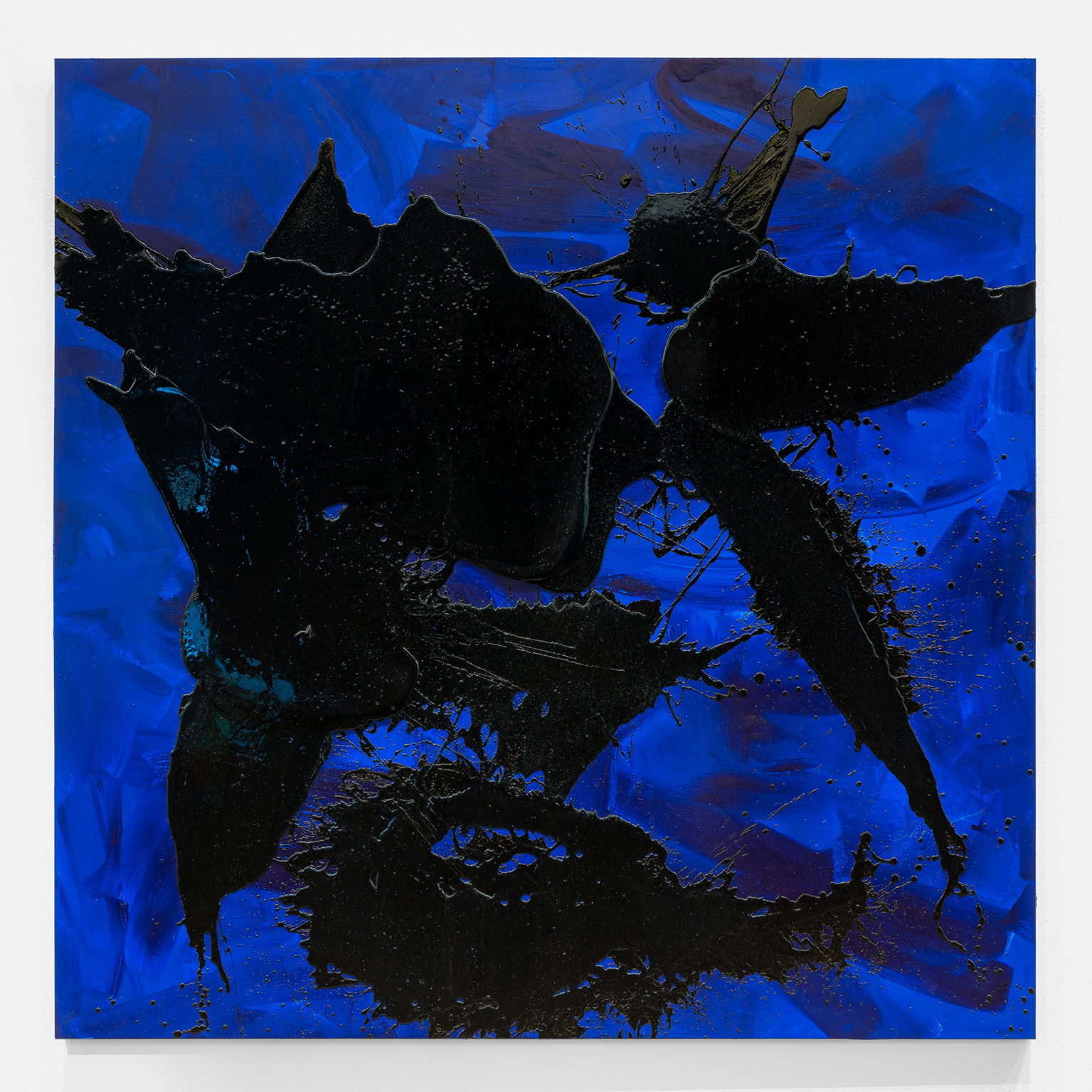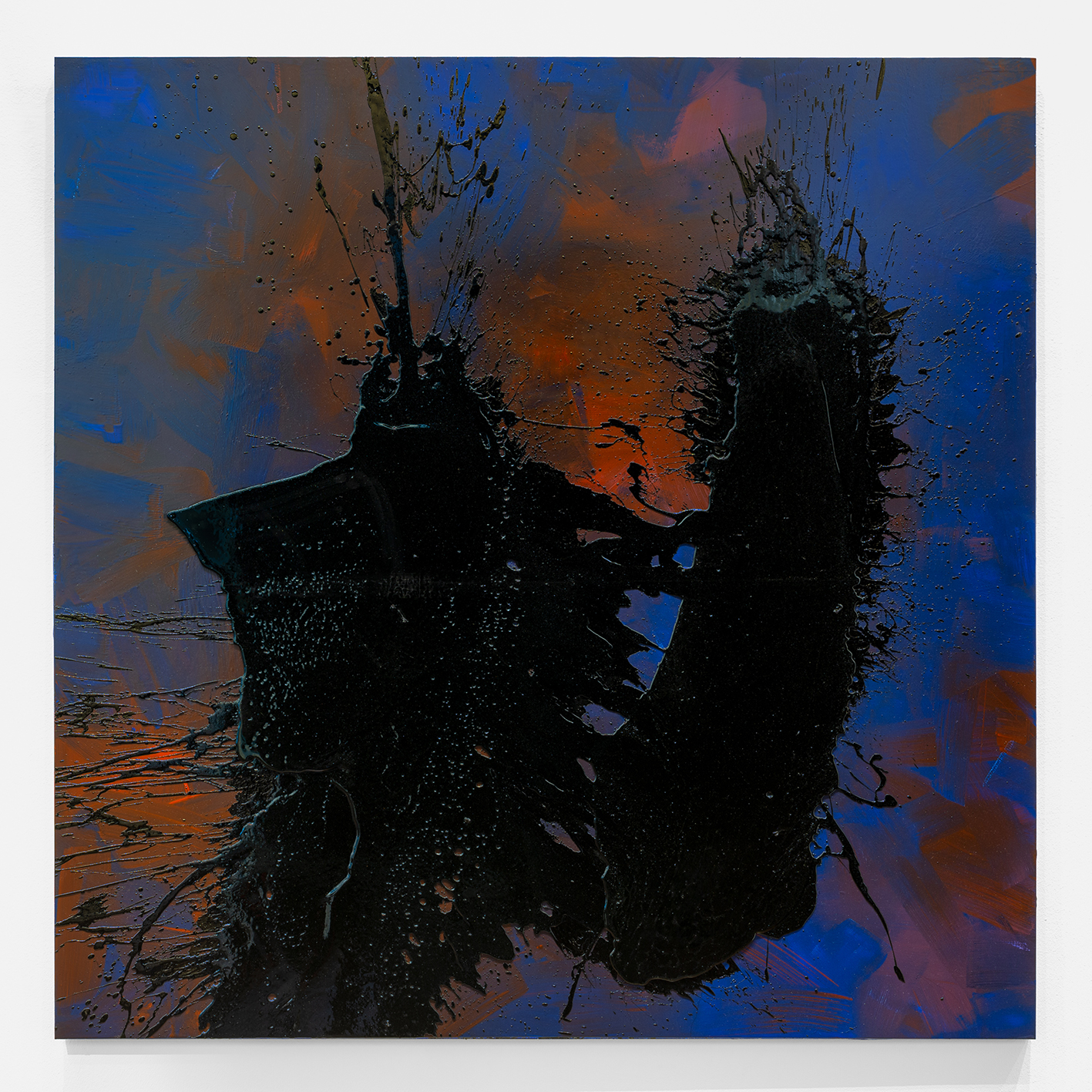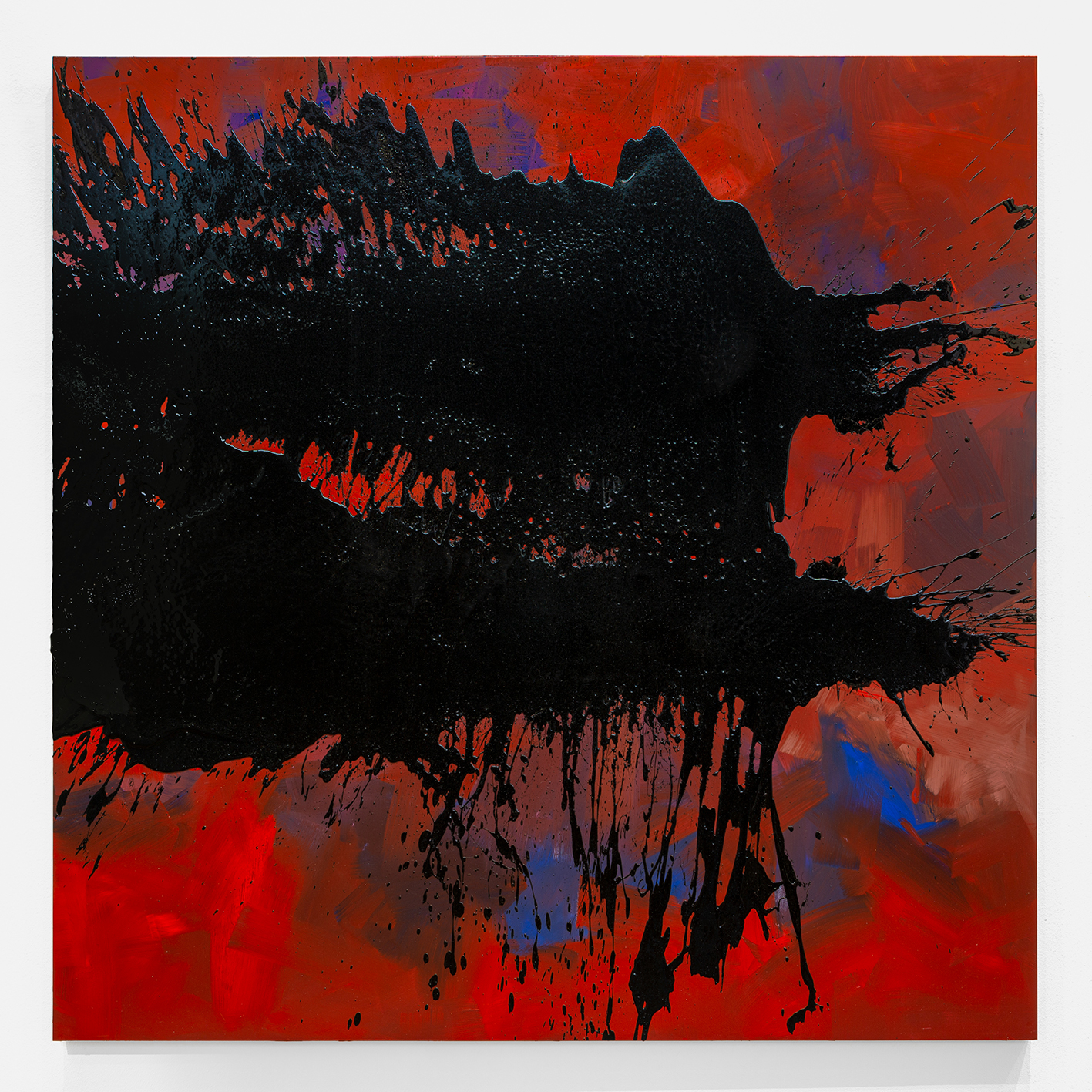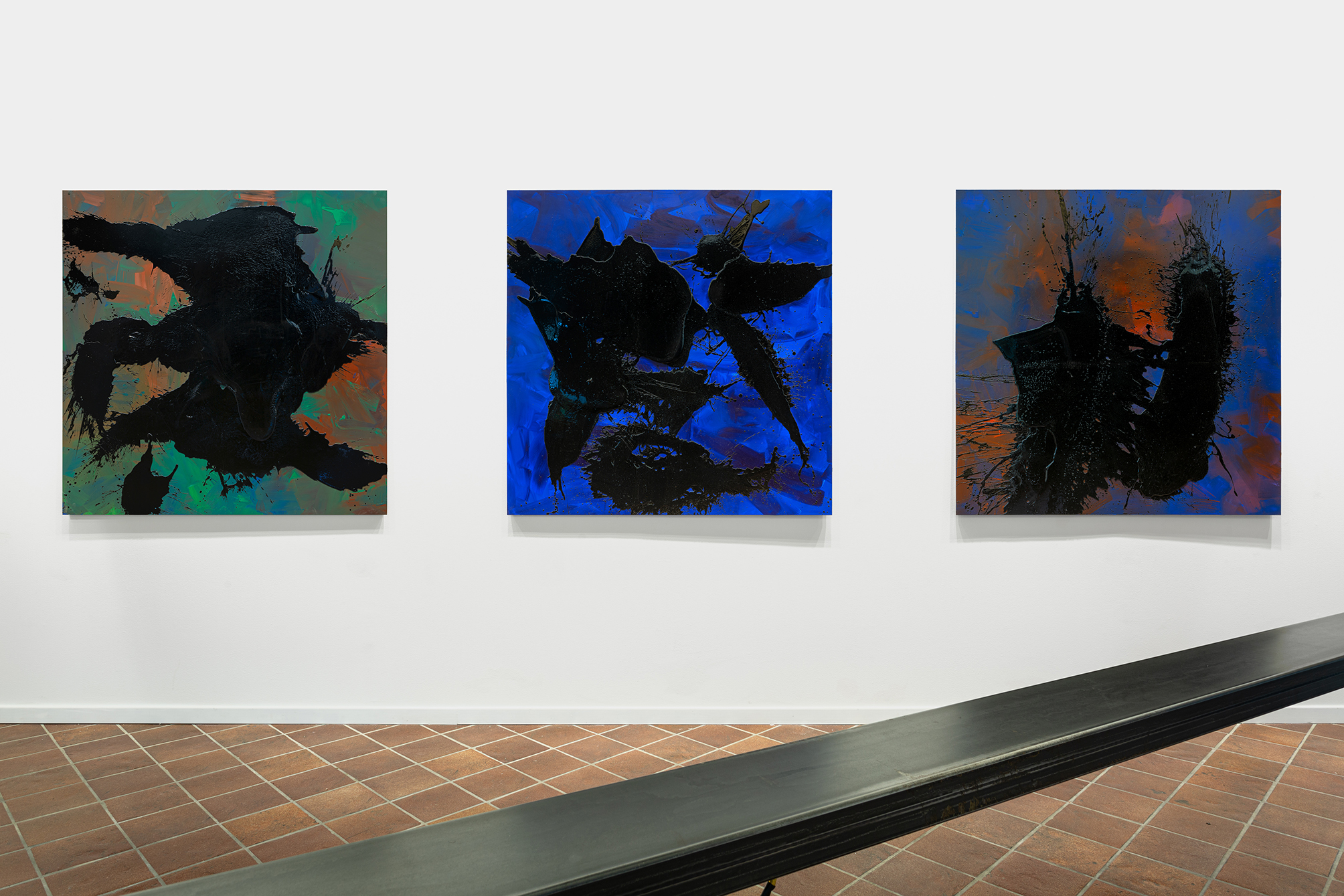Press release
ALFREDO ROMANO
23.01 – 27.05.2023
opening 23.01.2023 | 4 – 9 pm
The Persano gallery is happy to host the new works of Alfredo Romano in the courtyard garden of Palazzo Scaglia di Verrua. A large sound installation is flanked by a historical work and an unpublished series of paintings on aluminium that are particularly representative of his work, which has always been sustained by a solid ethical commitment.
Indeed, it would not be possible to understand the artist’s work fully if it were not placed within the Sicilian context and that of its heritage stretching back thousands of years, made up of cultures and powers in constant rise and decline, and the relationship of these with the individual. Romano’s works seek to shake us out of inertia, communicating the artist’s condition within a society overwhelmed by conflict, strife and despair. The themes addressed are always complex and linked to the fragility of form, the precariousness of existence, the transience of things, and loneliness.
The works, invaded by tar, look like geological sedimentations, a reminder of time passing. Beneath the tar we find a painting, a concealed, suffocated story, a picture that in order to reveal itself destroys another, an entity that prevails in its dark density. The choice of technique is particularly evocative: a building material, and therefore used to build, but which in pouring seems like burning, destructive lava. The parallel offered is of a power that in asserting itself engulfs and represses everything in an attempt to become total. How can the individual oppose the compact vision thrown out by that power?
We find a similar tension in Senza titolo (Untitled, 1990), where the marble cylinders arranged on the aluminium sheet give us a fossilised history that is impossible to decipher. The same drama is also evoked by the sound installation. In Giuseppe Gavazza’s music we find a consistent expressive urgency, with the benches that seem to vibrate from within, finding their voice in the music.
The artist declares: “I would like my work to be a song, to let a silence pass and to move away towards a point of common aspiration. That it obey the stratification of the ancient historical events of our tradition, the feeling of existence, and awaken that sense of instinctive identification that passes through the recognition of a physical and poetic belonging. My work is like a litany, a prayer articulated between revelation (light) and concealment (shadow)”.

